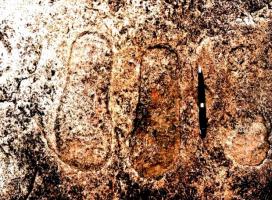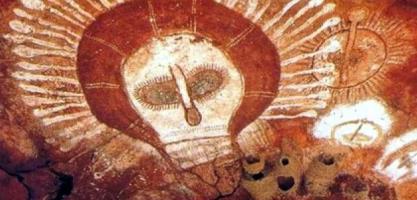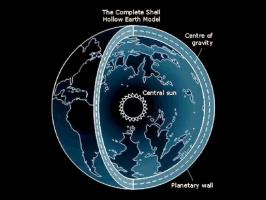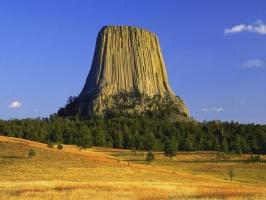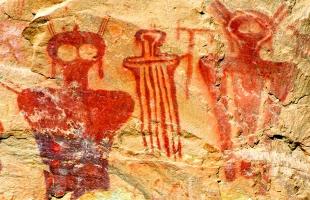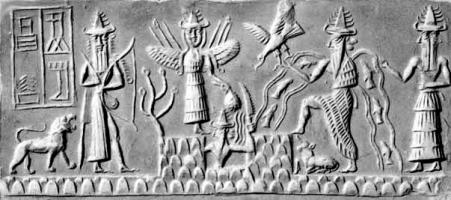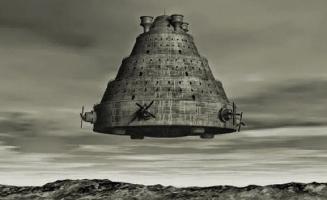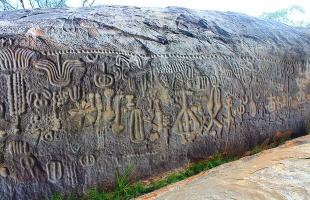Japanese myths that tell of when deities walked the Earth
As in most creation myths of Earth cultures, Japan also tells of a golden age during which “creator” gods walked our planet and governed human societies. Who were these gods? Visitors from other worlds mistaken for deities?

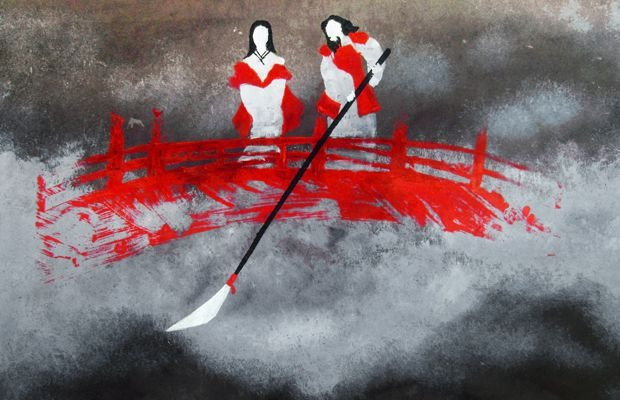
Japanese mythology is collected in a single work called Kojiki (古事記, literally “chronicle of ancient events”), a three-book work written in ancient Japanese.
The final draft of the text was carried out in 712 AD, collecting in a single work a series of documents that handed down the facts of Japan's ancient era.
These individual sources, in turn, before being fixed in written documents, were passed down orally through the generations.
The text begins with the mythological tale of the creation of Heaven and Earth and the creation of man. Furthermore it contains also the stories of various deities who were on Earth at the dawn of time. Finally, the mythological origins of Japan, the Yamato dynasty and the major noble families are narrated.
The first time is described as Jindai moji orKamiyo moji (神代文字"characters of the Age of Gods"), an era in which a desolate Land sees the descent of two entities, Izanagi and Izanami (in addition to being brother and sister, the two are also lovers), intent on giving shape and life to the planet.
It is said that the first gesture of Izanagi and Izanami was to make the lands rise from the ocean and mix them with a spear called Ame-no-nuhoko. With the mud that accumulated dripping from the spear, the first island was born: Onogaro-Shima (the Earthly Kingdom).
The gods later created eight other large islands that became the land of Yamato, Japan. The two deities abandoned the Kingdom of Heaven and established their new home on Earth.
"Izanagi and Izanami went down to that little island and built a palace there. But their work had only just begun: apart from that small deserted rock, the world was still a formless mass of water. There was nothing there: no plants, no animals, no living creatures, and the landscape was flat and bare. Izanagi and Izanami began to reflect on how to continue their work of creation."
From the union of Izanagi and Izanami were born the sea god O-Wata-Tsu-Mi, the mountain god O-Yama-Tsu-Mi, the tree god Kuku-no-chi and the wind god Shina-Tsu-Hiko. The birth of the last god, the fire god Kagu-tsuchi, cost Izanami her life. It reads like this:
"Unfortunately, in giving birth to the fire god, Izanami burned her belly and died. The woman was buried on Mount Hiba, on the Izumo Peninsula. Izanagi greatly regretted the death of his wife."
It's strange to read about the death of a deity, who by definition should be immortal. So, Izanagi and Izanami were mortal creatures. If so, who were they really and where did they come from?
"Then Izanagi set off for the Deep, the Yomi-Tsu-Kumi, the land of the dead which was located underground. He entered a cave, and after going through a long tunnel, he came to a strange construction that sank even further into the bowels of the earth."
Izanagi, enraged, killed his son and descended into hell with the intent of leading his companion out of the world of the dead. But upon his arrival, the god discovered that his bride had fed herself with infernal food and had become an evil demon. Izanagi fled to the surface and Izanami remained in Yomi-Tsu-Kumi becoming its terrible queen.
Japanese mythological tales are particularly interesting because they find two very notable parallels.
The first is the one with Chinese mythology, in which it is told of celestial beings who descended to earth in flying dragons: they were the first Chinese rulers who started Chinese civilization and who are known as the Three Augustus: Fu Xi, Nüwa, Shen Nung.
Nüwa was Fu Xi's sister and also became his bride. Fu Xi and Nüwa were always depicted tied together by the tail. Fu Xi holds a square in his hand, Nüwa holds a compass. The two instruments (to this day, still used in Masonic symbolism) indicate that the two sovereigns invented norms, rules and standards.
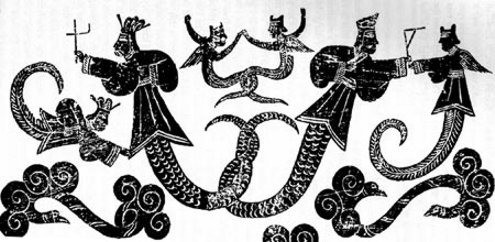
The second notable parallel is with Egyptian mythology, in which there is always a tradition of a married brother and sister (Osiris and Isis), from whose union Horus was born, the progenitor of the pharaonic dynasties.
Furthermore, as in the Kojiki, the Pyramid Texts speak of the Zep Tepi, a primordial period from which order emerged from chaos and in which the gods ruled the Earth.
How to interpret these correspondences present in cultures so distant in space and time? If these are only mythological tales, is it possible that a now lost civilization was present all over the planet in ancient times, sharing a single mythological culture?
Is it instead what if these mythological tales were the distant memory of an event that impressed our ancestors to the point of convincing them to pass these events on to future generations? Is it possible that ancient travelers from other worlds were mistaken for gods by our ancestors? And if so, how have they influenced or altered the biological and cultural evolution of the human species?









